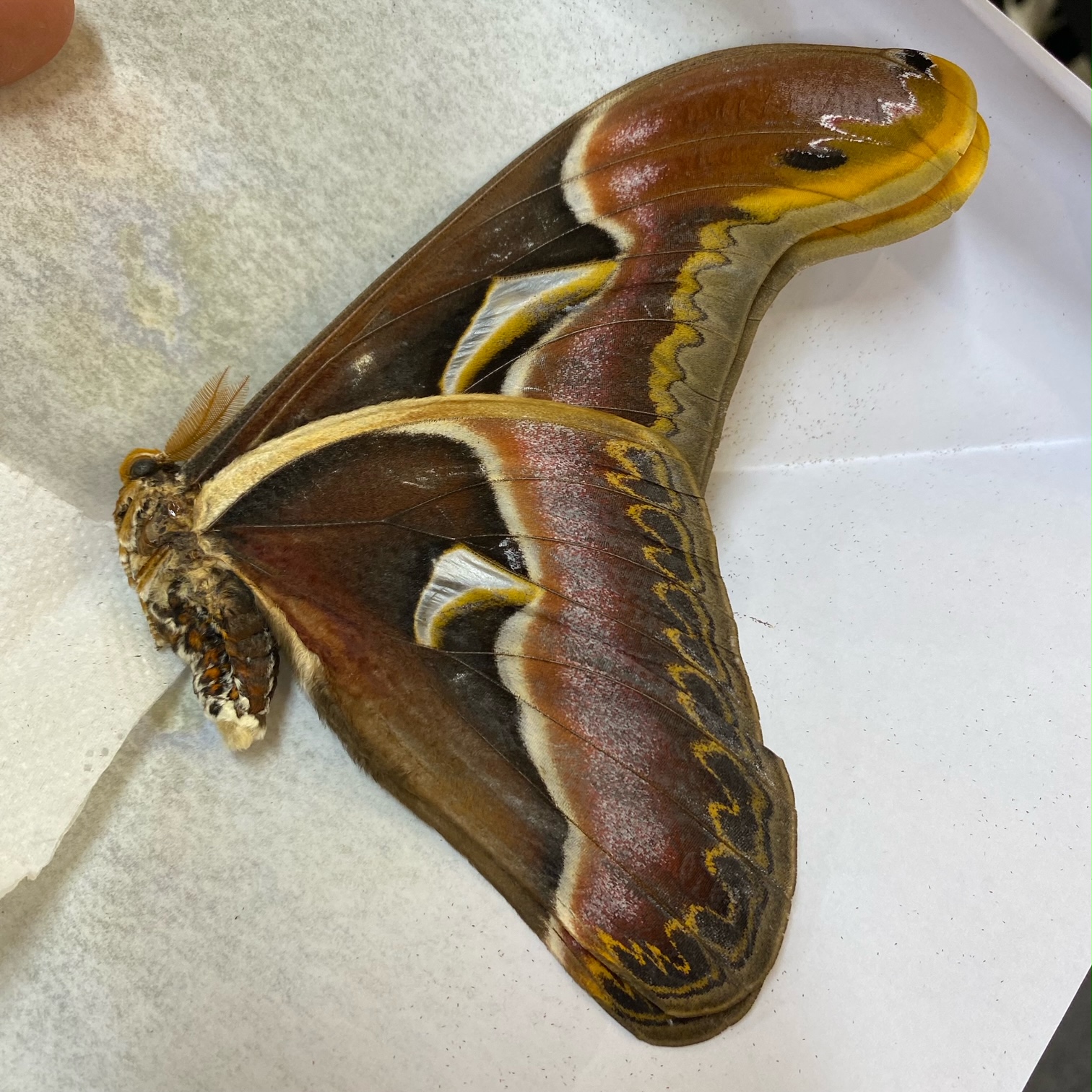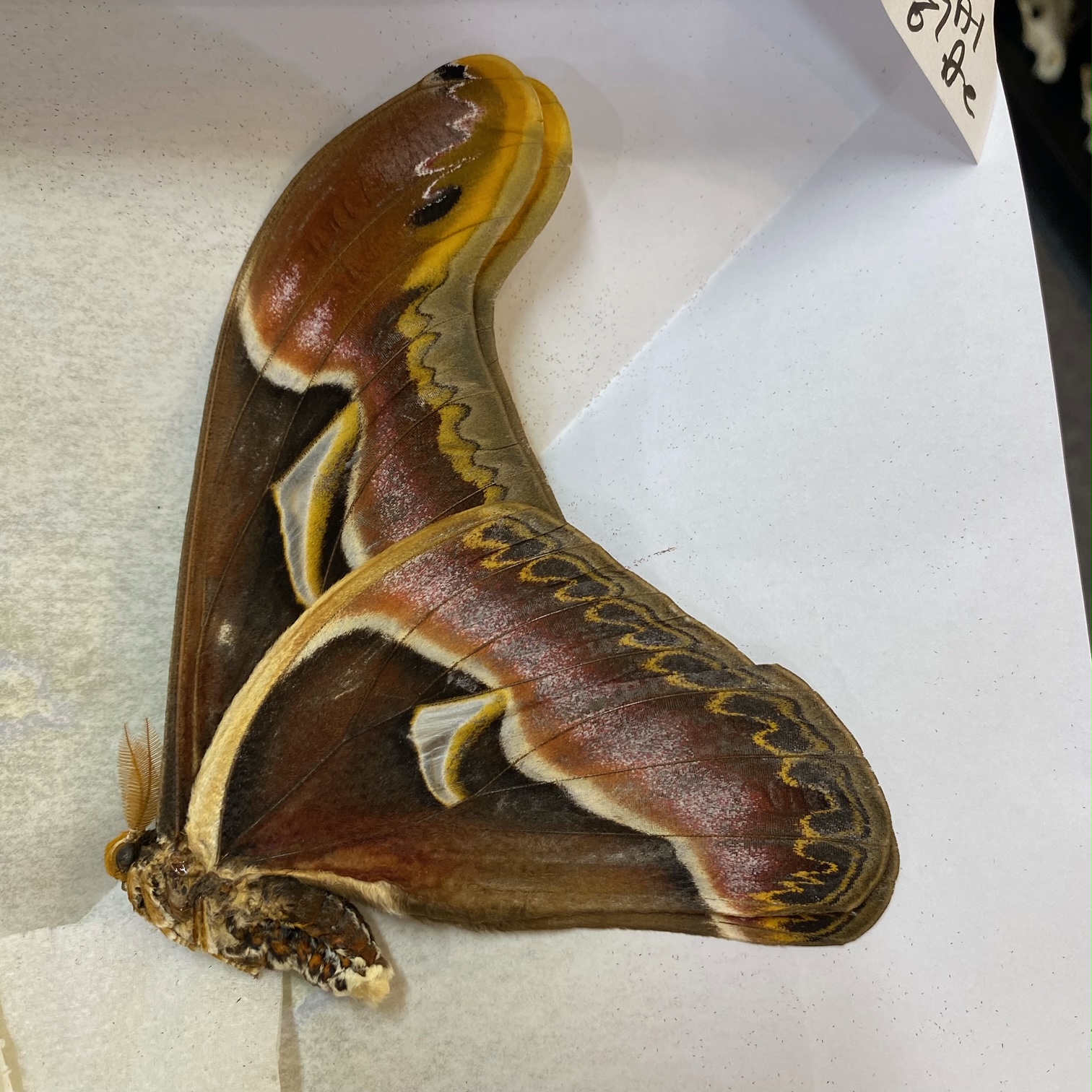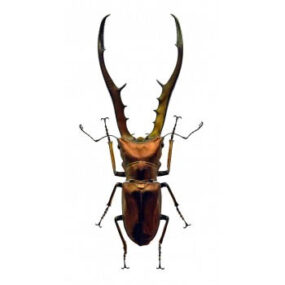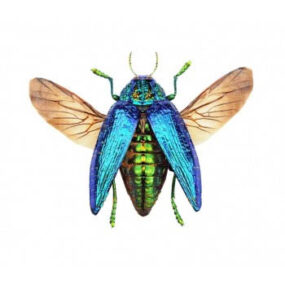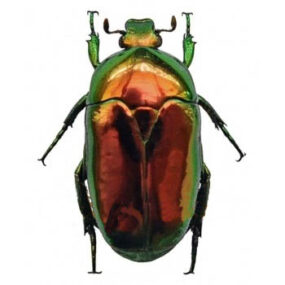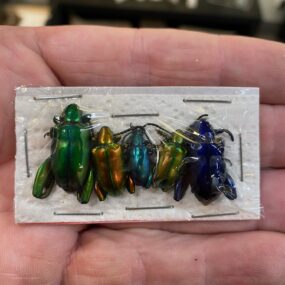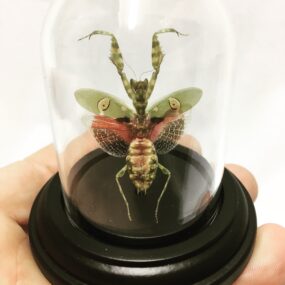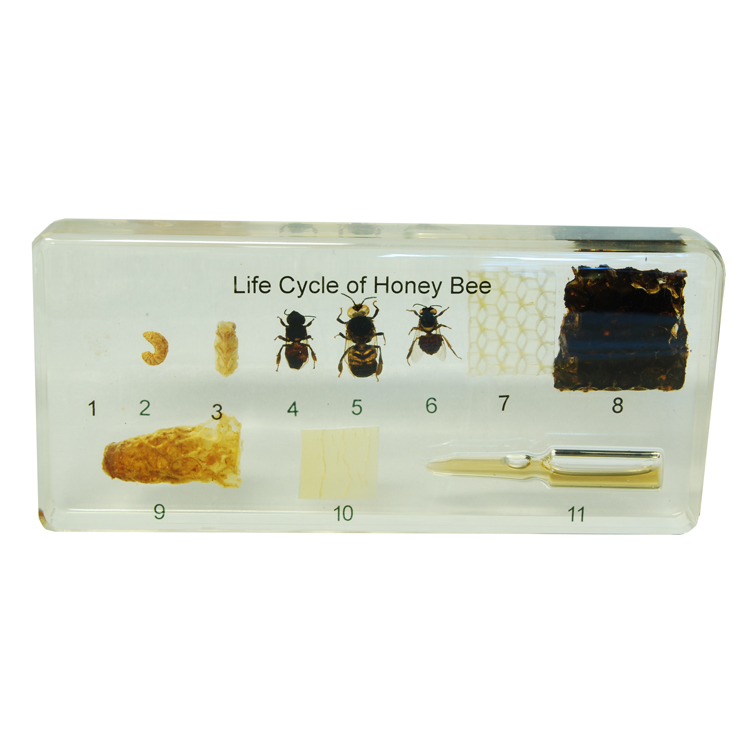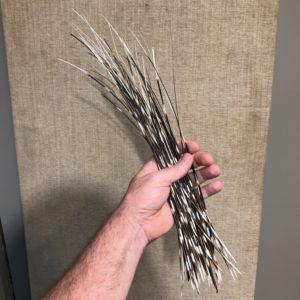Description
A beautiful Archaeoattacus edwarsii malaynus Moth Specimen. This species is not offered as regularly as many other moths in the Family of Silk moths.
Archaeoattacus edwarsii malaynus is a subspecies of the Archaeoattacus edwardsii moth, part of the Saturniidae family. This species is known for its striking beauty and large size, with a native range that spans parts of Southeast Asia, particularly the Malay Peninsula.
Here’s a more detailed look at this fascinating moth:
Appearance and Characteristics
Archaeoattacus edwardsii malaynus is a large, stunning moth with eye-catching features. As a member of the Saturniidae family, it shares the characteristic features of other giant silk moths: large wingspans, vibrant colors, and intricate patterns. The wings are typically a mix of shades of brown, cream, and gray, often with an orange or reddish hue near the edges, and may display intricate patterns or eye spots that help in camouflage or warding off predators.
The moth’s wingspan can reach up to 10 inches (25 cm), making it one of the largest moth species. The body is robust, covered in fine scales that contribute to its fuzzy, soft appearance.
Habitat and Distribution
This Archaeoattacus edwardsii malaynus moth is primarily found in tropical and subtropical regions of Southeast Asia, particularly in Malaysia. Like other members of the Saturniidae family, it favors dense forests and areas with abundant vegetation, where it can find food sources for its larvae (mainly various types of trees, including tropical hardwoods).
Life Cycle and Behavior
The larvae of Archaeoattacus edwardsii malaynus feed on leaves and undergo a fascinating metamorphosis. After feeding and growing, they spin a silken cocoon to pupate, eventually emerging as adults. Unlike other moths, the adult Archaeoattacus edwardsii moth doesn’t feed and relies on the energy reserves it accumulated during its larval stage. As adults, they are nocturnal and are often attracted to light.
Ecological Importance
Like other large moths, Archaeoattacus edwardsii malaynus plays a key role in its ecosystem, both as a pollinator and as a food source for other animals, including birds and small mammals. The moths’ larvae help regulate plant populations and contribute to the natural cycling of plant materials.
While not as widely known as some other giant moths, Archaeoattacus edwardsii malaynus is a fascinating and visually impressive insect, admired by entomologists and nature enthusiasts alike.


